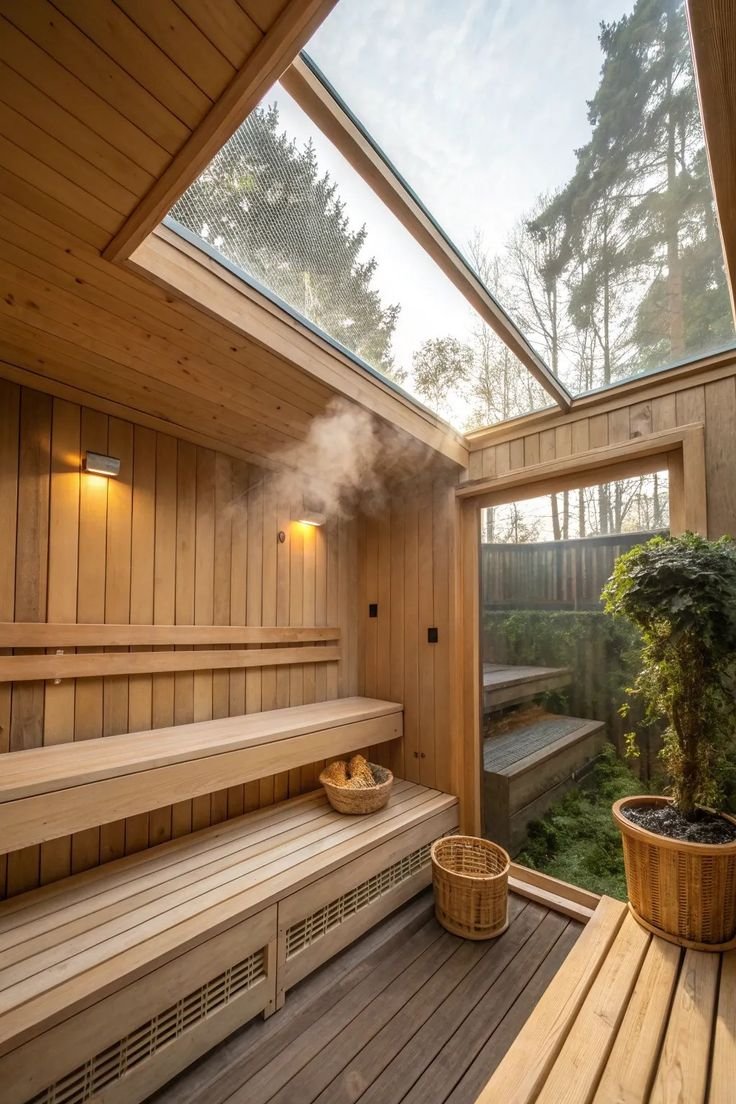Navigating The Road To Independence: Resources For Seniors Aging In Place
As individuals grow older, the desire to remain in the comfort and familiarity of their own homes becomes increasingly significant. Aging in place—choosing to live independently in one’s residence rather than moving to assisted living or nursing facilities—honors this desire by promoting autonomy, emotional well-being, and quality of life.
However, successfully aging in place requires more than just staying put. It involves thoughtful planning, home modifications, access to community resources, and financial preparedness. Whether you're a senior, a caregiver, or a concerned family member, understanding the essentials of aging in place can make a profound difference in ensuring safety, dignity, and long-term comfort.
This comprehensive guide explores the key components of aging in place, from home safety and community services to technology and financial strategies.
No. 1
Understanding Aging in Place: A Comprehensive Overview
Aging in place refers to the ability of seniors to live in their own homes safely, independently, and comfortably, regardless of age or ability level. This option fosters emotional stability by preserving daily routines, maintaining social connections, and reducing the stress often associated with relocation.
In addition to its emotional benefits, aging in place can also be more cost-effective than institutional care. However, it does come with its own set of challenges. Homes may need to be adapted to accommodate mobility changes, and seniors often require dependable support systems, including:
Family or caregiver assistance
Home health care services
Reliable senior transportation services
With the right blend of planning and resources, aging in place becomes a viable and enriching lifestyle choice for many older adults.
No. 2
Essential Home Modifications for Safe Senior Living
Creating a safe and accessible home environment is fundamental to aging in place. Even small changes can significantly reduce the risk of falls and accidents, which are among the leading causes of injury in older adults.
Simple Yet Effective Modifications
Grab bars in bathrooms and near stairways
Improved lighting in hallways, entryways, and staircases
Clear, clutter-free pathways throughout the home
Non-slip flooring in kitchens and bathrooms
Lever-style door handles for easier grip
Advanced Accessibility Upgrades
Wheelchair-accessible bathrooms with roll-in showers
Stairlifts or home elevators
Lowered countertops and cabinets in kitchens
Widened doorways to accommodate mobility aids
Smart Home Technology for Safety
Voice-activated assistants for controlling lights and appliances
Smart thermostats to regulate indoor temperatures
Emergency response systems for instant help during emergencies
Financial assistance for these upgrades may be available through local government programs, grants, or low-interest loans. Planning ahead ensures that the home remains a secure and comfortable space for years to come.
No. 3
Community Support and Services Tailored for Seniors
A strong support network is essential for seniors who choose to age in place. Many communities offer a variety of services designed to meet the unique needs of older adults and reduce the risk of isolation.
Key Community Services
Meal delivery programs such as Meals on Wheels
Wellness checks by local volunteers or health workers
In-home medical care including chronic disease management and medication oversight
Nutrition counseling and health education
Transportation Services
Reliable transportation is critical for maintaining independence. In cities like Philadelphia, senior transportation programs provide safe and affordable rides to:
Medical appointments
Grocery stores
Community events
Senior Centers and Social Engagement
Local senior centers serve as hubs for socialization, education, and fitness.
They offer:
Group exercise classes
Arts and crafts workshops
Technology training sessions
Support groups and counseling
These services not only enhance physical health but also nurture emotional well-being by fostering a sense of belonging and purpose.
Hilu
Ensure you and your loved ones enjoy a deeper, more restful sleep with the only blanket that actively adapts to keep your temperature perfect
No. 4
Leveraging Technology for Health and Communication
Technology has become a powerful ally in helping seniors live independently while staying connected and cared for.
Health Monitoring and Telehealth
Telehealth services allow virtual consultations with doctors, reducing the need for travel
Wearable devices monitor vital signs and alert caregivers to potential health issues
Home monitoring systems track movement and detect falls, providing peace of mind for families
Staying Connected
Smartphones and tablets enable video calls, messaging, and access to social media
Online platforms offer entertainment, news, and educational content
Tech training programs help seniors learn to use digital tools safely and confidently
By embracing technology, seniors can maintain their independence, stay socially engaged, and manage their health more effectively from the comfort of home.
No. 5
Financial Planning Strategies for Long-Term Independence
Aging in place is not just a lifestyle choice—it’s a financial commitment. Planning ahead ensures that seniors can afford the services and modifications necessary to live safely and comfortably.
Key Financial Considerations
Home modification costs for accessibility upgrades
In-home care services such as nursing, housekeeping, or meal prep
Medical expenses including prescriptions, therapies, and equipment
Financial Planning Tips
Consult a financial advisor who specializes in senior care
Create a sustainable budget that accounts for long-term needs
Explore public benefits such as:
Medicare and Medicaid
Veterans’ assistance programs
State and local senior benefit programs
Take advantage of tax deductions for medical and home improvement expenses
Consider long-term care insurance to cover services not included in traditional health plans
With a solid financial strategy, seniors can confidently navigate the costs of aging in place while preserving their independence and reducing financial pressure.
Takeaways
Aging in place is more than a trend—it’s a deeply personal choice that empowers seniors to maintain control over their lives while enjoying the comfort of familiar surroundings. By addressing safety, community support, technology, and financial planning, older adults can create a living environment that supports both their physical and emotional well-being.
Whether you're planning for yourself or supporting a loved one, taking the time to understand and implement the essentials of aging in place can make all the difference. With the right approach and resources, seniors can age with confidence, dignity, and grace—right where they feel most at home.
Looking for Wellness resources?
Are you looking to enhance your wellness routine? Explore our wellness partners who offer a wide range of resources to support your journey toward holistic living and well-being.































